My I Love the 90's posts have become a semi-regular feature here, mostly because a large portion of my additions have been 90's cards. But it's great to see some other blog-love for the decade that gave us Pogs and Furby. Nick and his wonderful Dimebox wrote up a great post on some of the great cardboard that came out of the 90's.
Aside from my love of all things autographed our collecting tastes are pretty much in sync, so it didn't surprise me to see him write the post. But I thought I'd delve a little deeper into why many collectors view it as a lost decade, and include some additional points illustrating (pun intended) why they're dead wrong.
One major trend I've noticed among the 90's Deniers is that most of them either fall into one of two camps: either they didn't collect during that time, or they collected heavily and got burned.
The hobby, and baseball as a whole, were in a major transitional phase. Insert sets blew up in the early 90's, while simultaneously the burst of the investment bubble that had fueled the 80's collecting (read: prospecting) market and baseball's strike drove collectors out of the hobby in droves. The result is that the hobby quite literally shifted over night, moving from a relatively passive collecting landscape with limited numbers of sets and inserts in '93 and '94 to a boom in both inserts and numbered cards in '95 and '96. Hot base cards, which had once driven products, were now largely secondary to the insert craze and rare serial numbered cards.

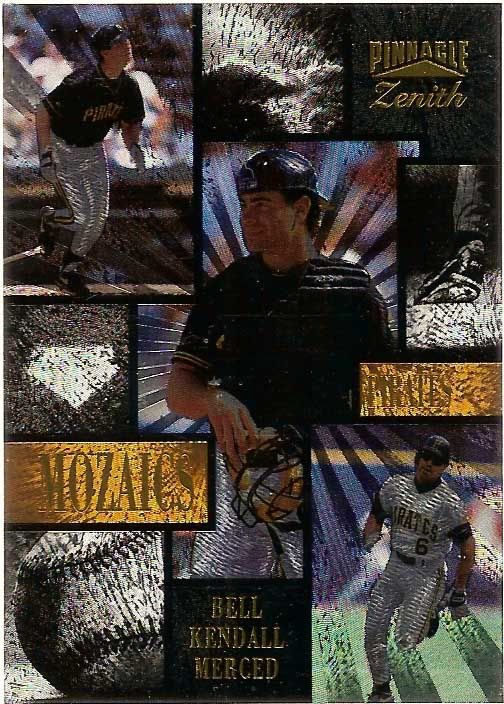
Add in autographs and later in the decade the white hot game used cards, and the hobby landscape had changed rapidly in just a couple short years. And simply put, some people don't like change.
The business model as a whole changed, with companies moving from producing just a handful of sets in insanely large quantities to the model we see today, where there are more releases printed in much smaller quantities. Again, some people loved the added competition and added variety, where companies tried to offer something for every type of collector, while others preferred the old "3 sets a year" days.
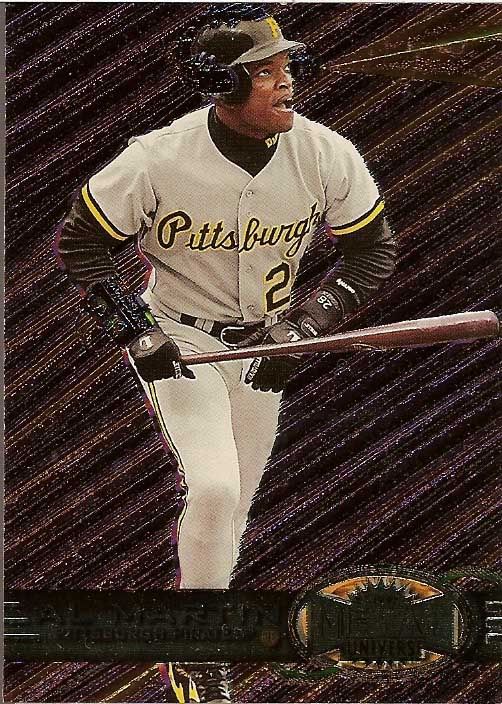 |
| Some releases, like Metal Universe, were unique approaches to expand the market. |
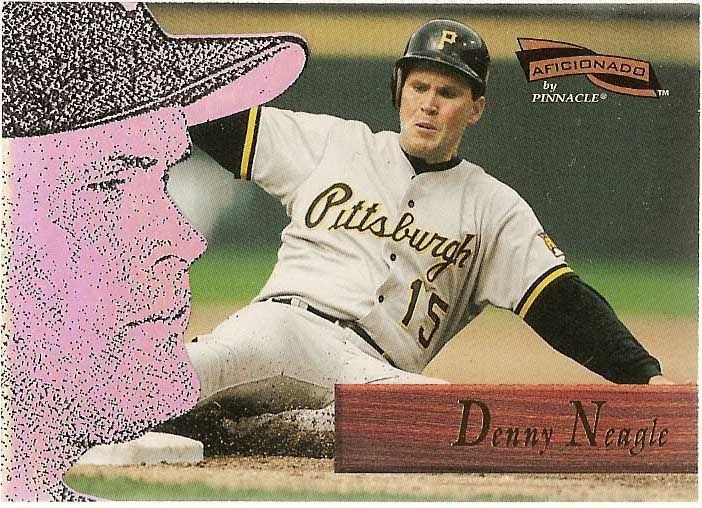 |
| But there were also a lot of one-and-done sets. |
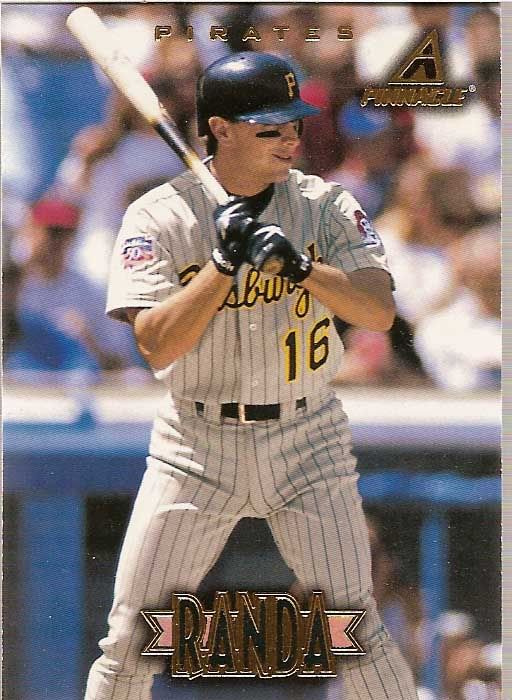 |
| Though they gave us some quirky releases, like 1998's New Pinnacle. Not to be confused with the regular release of Pinnacle the same year. |
Why do a lot of people think 90's cards are junk? Because they got burned. Bad.
The mid to late 90's were still largely operating on the shop/card show model, where you could really only find a card if it somehow magically found its way right in front of your face, or if you pulled it from a pack. While there were collectors, traders, and sellers online, the online card community was very small.
And the cards that were coming out were very rare. This wasn't an 84 Topps Mattingly, where if you passed on one there would undoubtedly be three dealers with the same card at the next show. These cards were tough pulls, and they were numbered to tell you just how few of them were out there.
It's hard to fathom, in these days where numbered cards fall out of boxes by the stack. But you could bust boxes of a product and not even hit a single card numbered to a few thousand.
People paid hundreds or in some cases thousands of dollars for rare cards. Those cards are still rare. And they're still valuable. But those rare cards that sold for $800 at a show in '98? It might sell for $95 on ebay now. The growth of the online sales market opened tons of doors for collectors and radically reshaped the way we value (and the values of) cards. If a card was numbered /150, seeing it at a show was no longer a once in a lifetime buy or pass situation. Odds were that someone, somewhere would be selling that same card. And at some point that card would make its way online.
And of course there was a trickle down effect. It wasn't just the deep pocketed collectors that got burned.
There were the guys who were able to sell common inserts of star players for $3, or parallels for $1 who just can't seem to admit that those same cards probably belong in the $.25 box now. You know the type. There's at least one at every show or flea market, trying to peddle their 1992 Frank Thomas Score cards, Don West style, telling you what a great buy it is for just $2.
To top things off, the entire rookie crop for the decade absolutely imploded. Maybe that 89 UD Griffey you spent $50 on stings a little, but it's still. But it's still an iconic card or one of baseball's greatest players. And you can laugh at that stack of Danny Tartabull rookies you paid $1 each for.
But that Kerry Wood Bowman Chrome you spent $45 on? That still burns. Ben Greive, Karim Garcia, Kris Benson, anyone that came out of '99 Bowman. The mid-late 90's rookie crops are a virtual prospect grave yard. And it's not just the prospects that flamed out in AA. ROY winners. Guys that spent a couple years fast tracked for stardom and then...poof. The cards built, and built, and built. The hype pushed prices up and up for year after year. And now the cards are worth pennies on the dollar. It's not that collectors had never been burned on bad investments before. It's that the 90's burned collectors in ways that I don't think any group of rookies ever had or has since.
And I can't totally blame them (laughing, meanwhile, is a different story. That I can do with ease). A lot of people spent a lot of money on cards that just weren't nearly as rare or special as they wanted to believe. Some people just got left in the dust of the changing hobby landscape. And some collectors, as always seems to happen, just continue to move on to the newest, shiniest trend, considering anything that isn't that "thing" to be worthless simply because it isn't what they want.
So feel free to continue to ignore cards from the 90's. My collection sincerely appreciates it if you do. But as they say, don't knock it til you tried it.

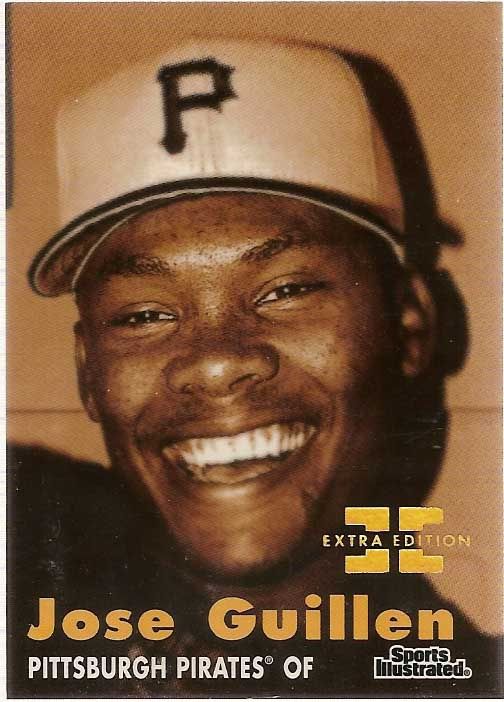
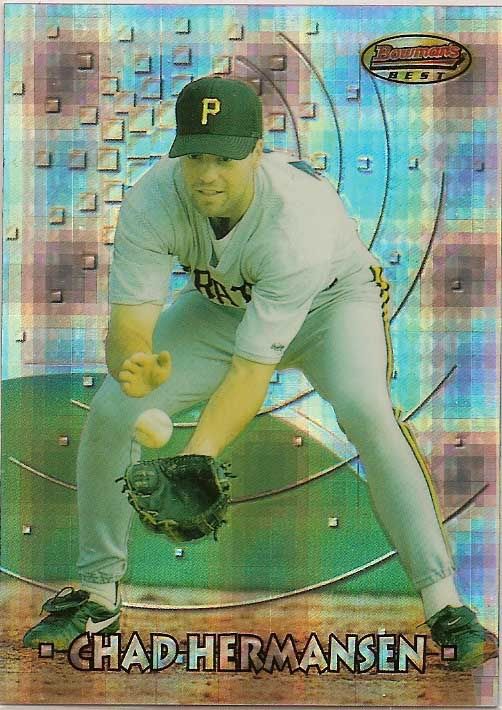
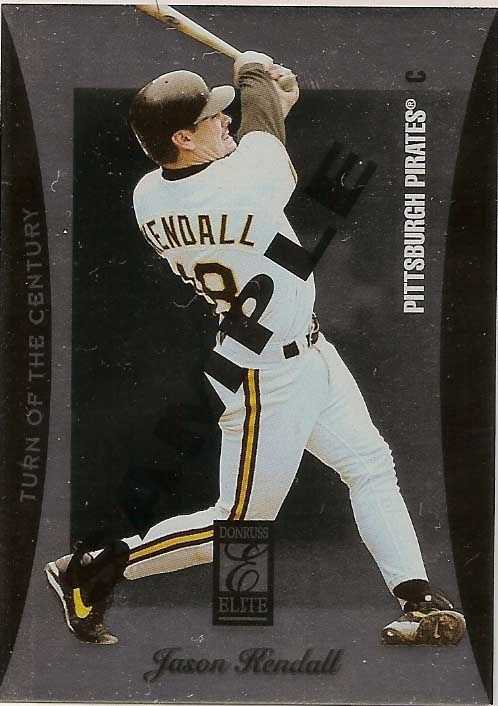
Great post! I agree that, while great, the '90s did hurt a lot of collectors financially. A lot of cards became just plain unaffordable.
ReplyDeleteAnd I still feel sorry for anyone who dropped money on Ben Grieve's cards.